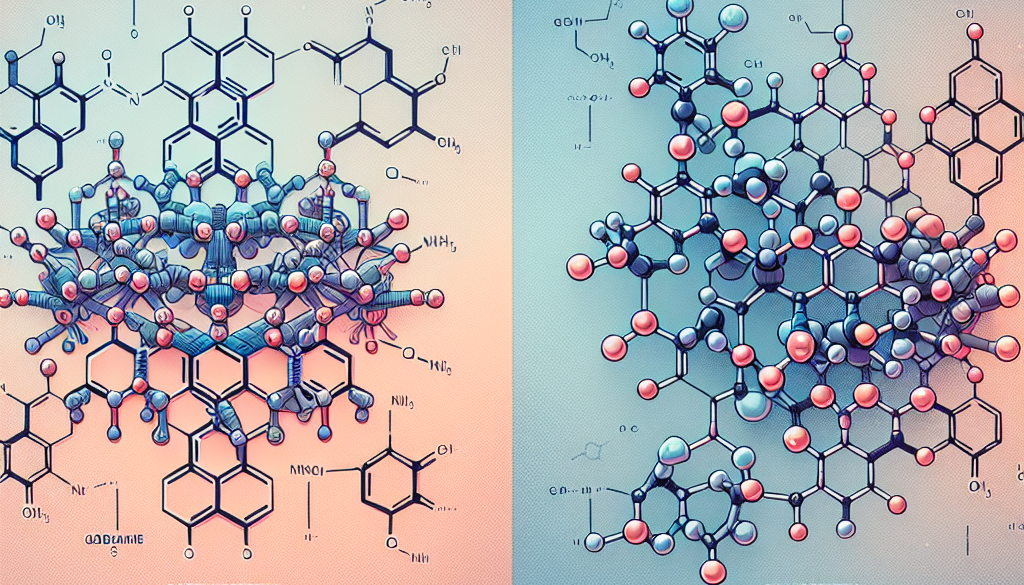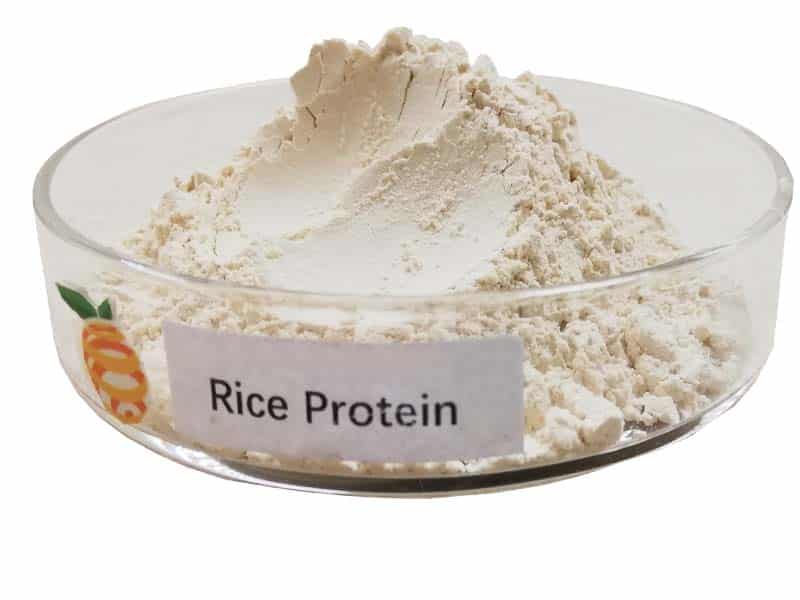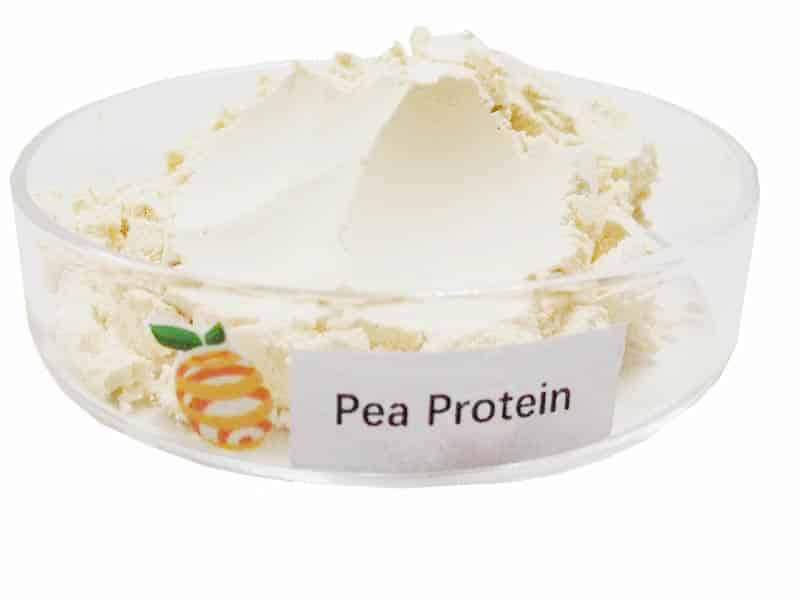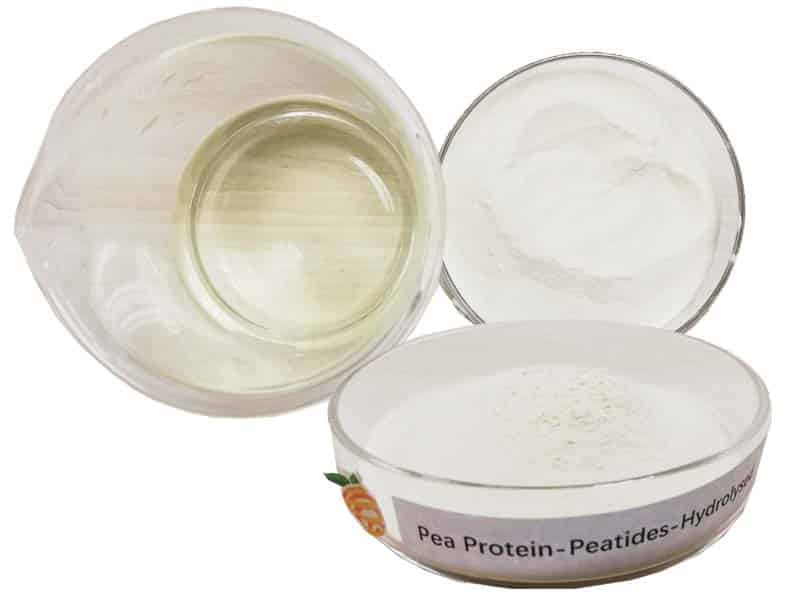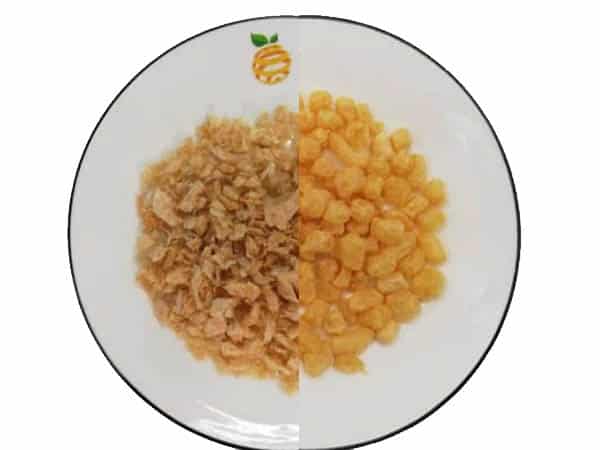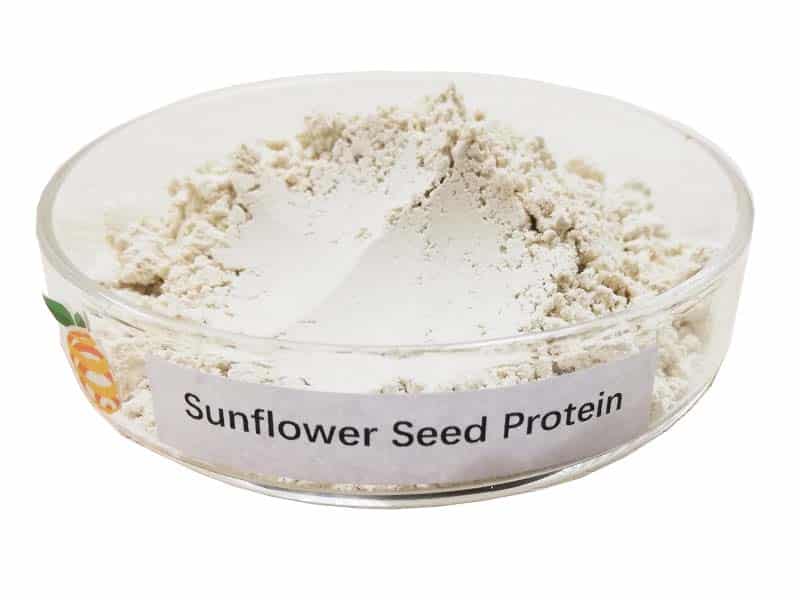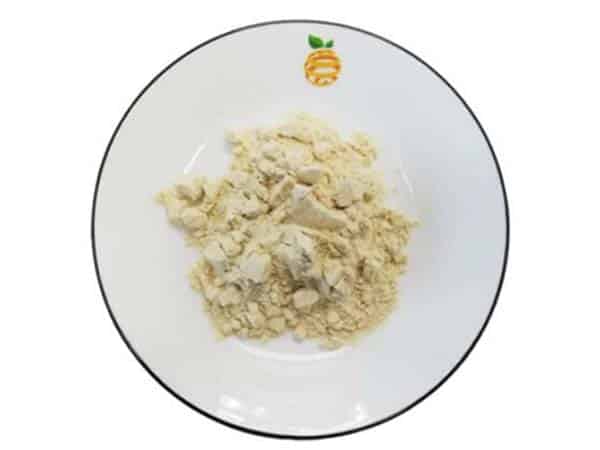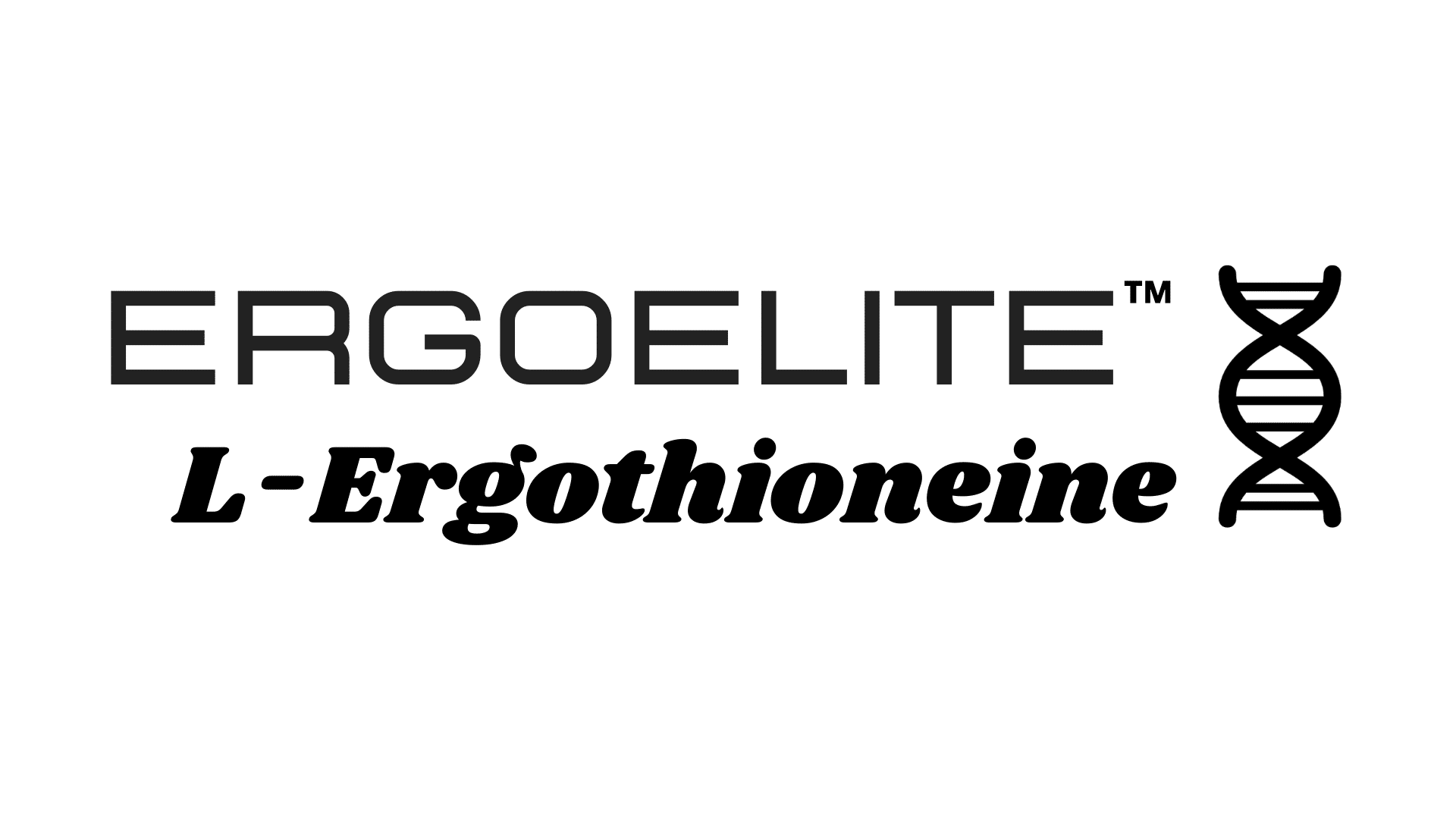Gamma Aminobutyric Acid vs Gabapentin: Key Differences
-
Table of Contents
- Gamma Aminobutyric Acid vs Gabapentin: Exploring Key Differences
- Understanding Gamma Aminobutyric Acid (GABA)
- Introduction to Gabapentin
- Comparative Analysis: GABA vs Gabapentin
- Mode of Action
- Therapeutic Uses
- Side Effects and Safety
- Conclusion: Key Takeaways on GABA vs Gabapentin
- Explore ETprotein’s High-Quality Protein Products
Gamma Aminobutyric Acid vs Gabapentin: Exploring Key Differences
In the realm of neuroscience and pharmacology, understanding the nuances between different substances that influence the nervous system is crucial for both clinical and therapeutic applications. Gamma Aminobutyric Acid (GABA) and Gabapentin are two compounds often discussed in medical circles, each playing unique roles in neurology and therapy. This article delves into the key differences between GABA and Gabapentin, shedding light on their functions, uses, and impacts on the human body.
Understanding Gamma Aminobutyric Acid (GABA)
GABA is a naturally occurring amino acid that functions as a neurotransmitter in the brain. It is primarily known for its inhibitory role in the central nervous system (CNS), where it helps to reduce neuronal excitability throughout the nervous system. Here are some critical aspects of GABA:
- Neurotransmitter Function: GABA serves as the primary inhibitory neurotransmitter in the brain, which means it helps calm the nervous system by preventing over-excitation.
- Synthesis: It is synthesized directly from the amino acid glutamate in a process facilitated by the enzyme glutamate decarboxylase.
- Role in the Body: GABA’s role extends beyond the CNS; it also influences muscle tone and other crucial physiological processes.
Introduction to Gabapentin
Gabapentin, on the other hand, is a pharmaceutical drug that was developed to mimic the neurotransmitter GABA’s structure. Despite its design, it does not bind directly to GABA receptors. Here are some important points about Gabapentin:
- Development and Structure: Gabapentin was synthesized to resemble GABA structurally, but it functions quite differently in the body.
- Pharmacological Use: It is primarily used to treat nerve pain and prevent seizures in various neurological conditions such as epilepsy.
- Mechanism of Action: Gabapentin works by modulating the activity of voltage-gated calcium channels, which are involved in the release of neurotransmitters in the brain.
Comparative Analysis: GABA vs Gabapentin
Mode of Action
While both GABA and Gabapentin influence the nervous system, their modes of action differ significantly:
- GABA: Acts directly as an inhibitory neurotransmitter, binding to GABA receptors in the brain which opens ion channels to allow chloride ions into the neuron, making it less excitable.
- Gabapentin: Does not bind to GABA receptors but instead interacts with voltage-gated calcium channels, thereby indirectly affecting neurotransmitter release and reducing neuronal excitability.
Therapeutic Uses
The applications of GABA and Gabapentin also vary widely:
- GABA: Used as a supplement for its calming effects, to promote relaxation, and occasionally in the management of conditions like anxiety and insomnia.
- Gabapentin: Prescribed primarily for controlling seizures, treating nerve pain, and sometimes for anxiety disorders due to its ability to stabilize neural activity.
Side Effects and Safety
Both compounds have distinct safety profiles and potential side effects:
- GABA: Generally considered safe when taken as a supplement with few reported side effects, which might include mild fatigue or stomach upset.
- Gabapentin: While effective, it comes with a list of potential side effects such as dizziness, fatigue, and more serious risks like mood changes or increased seizure frequency when withdrawing from the drug.
Conclusion: Key Takeaways on GABA vs Gabapentin
In conclusion, while Gamma Aminobutyric Acid and Gabapentin may share structural similarities and a focus on neurologic functions, they are distinctly different in their action, uses, and safety profiles. GABA acts as a natural inhibitory neurotransmitter with a direct calming effect on the nervous system, whereas Gabapentin is a synthetic drug designed to treat specific neurological disorders by modulating neurotransmitter release. Understanding these differences is crucial for leveraging their therapeutic potentials effectively.
Explore ETprotein’s High-Quality Protein Products
If you’re interested in enhancing your health and dietary needs, consider exploring ETprotein’s range of high-quality protein products. Their extensive selection includes:
- Organic rice protein
- Clear rice protein
- Pea protein and clear pea protein
- Various seed proteins like watermelon, pumpkin, and sunflower
- Legume proteins such as mung bean and peanut protein
ETprotein ensures that all products are non-GMO, allergen-free, and of the highest quality, catering to a wide range of industries including nutraceuticals and food and beverage sectors. For more information or to sample their products, please contact sales(at)ETprotein.com.
ETprotein is Gamma-Aminobutyric Acid Factory Manufacturer and Supplier in China, Check further information by visiting the Gamma-Aminobutyric Acid Product Page
Gamma-Aminobutyric Acid Product Page
Request Quotation and Samples of Gamma-Aminobutyric Acid from ETprotein
About ETprotein
ETprotein, a reputable protein and elite nutrition ingredients Gamma-Aminobutyric Acid Chinese factory manufacturer and supplier, is renowned for producing, stocking, exporting, and delivering the highest quality organic bulk vegan proteins and elite nutritional ingredients Gamma-Aminobutyric Acid. They include Organic rice protein, clear rice protein, pea protein, clear pea protein, watermelon seed protein, pumpkin seed protein, sunflower seed protein, mung bean protein, peanut protein. Their offerings, characterized by a neutral taste, non-GMO, allergen-free attributes, cater to a diverse range of industries. They serve nutraceutical, pharmaceutical, cosmeceutical, veterinary, as well as food and beverage finished product distributors, traders, and manufacturers across Europe, USA, Canada, Australia, Thailand, Japan, Korea, Brazil, and Chile, among others.
ETprotein specialization includes exporting and delivering tailor-made protein powder and finished nutritional supplements. Their extensive product range covers sectors like Food and Beverage, Sports Nutrition, Weight Management, Dietary Supplements, Health and Wellness Products, and Infant Formula, ensuring comprehensive solutions to meet all your protein needs.
As a trusted company by leading global food and beverage brands and Fortune 500 companies, ETprotein reinforces China’s reputation in the global arena. For more information or to sample their products, please contact them and email sales(at)ETprotein.com today.

